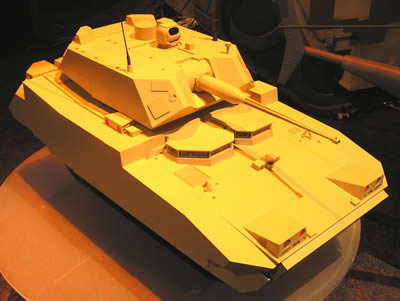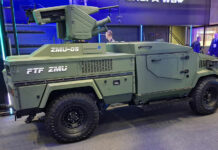The proposed cuts to the program would effectively prevent the development of Future Combat Systems Manned Ground Vehicle (MGS). This means Soldiers would operate Abrams tanks and Bradley fighting vehicles “indefinitely,” and cancel the development of the infantry load carrier, or ‘Mule‘ and one of the two remaining unmanned aerial vehicle (UAV) said Lt. Gen. Stephen the U.S. Army director of force development and deputy chief of staff.Four unmanned systema have already been eliminated from the program in a previous cost control effort. Commenting on the possible cut of $876 million in the 2008 budget for the Future Combat Systems, proposes by the Congress. Gen. Speakes said the proposed cuts endanger a program that would improve military capabilities today and in the future. The total Future Combat System request for fiscal 2008 is $3.7 billion.

Part of the motivation for the modernization of the ground forces, through the FCS program, is economical. The Abrams tank gets about three gallons to the mile. “Just think of the inefficiency of that on top of $3 to the gallon gas,” Lt. Gen. Speakes said. “We can’t afford to operate these legacy systems into the future without the promise that American Soldiers will operate something better. It’s like you are going to operate your 1970s-era car for the next couple of decades.”… “We will be doomed to spend the next 20 to 30 years with the existing combat platforms we have today,”… “Soldiers would be very negatively affected by these cuts, Speakses concluded.
The FCS Combat vehicles are designed to share common hull and 80% common parts. “Savings from this would manifest themselves in fewer spare parts and training one set of mechanics for all vehicles rather than specialists for a mix.” Said General Speakes.
General Speakes said that the program is on track and have met performance standards. “we are on the eve of some really great developments that are going to start hitting the Army literally overnight.” FCS represents a significant change in weapon systems acquisition strategy. “In the past, the Army designed and bought systems in isolation – one set of designers built a tank, another, a fighting vehicle, still another a medical evacuation capability, he said. Yet another group would work on making them all communicate with each other. The Future Combat Systems is working to eliminate this”, Lt. Gen. Speakes said.




















